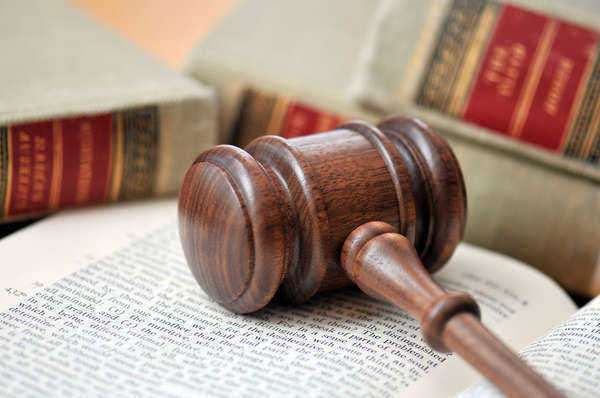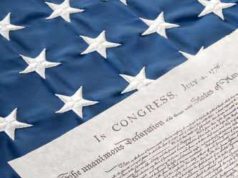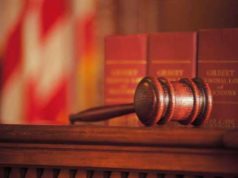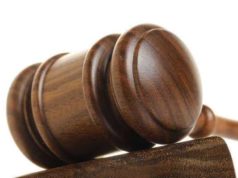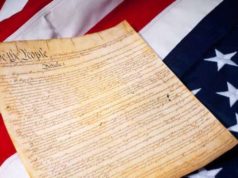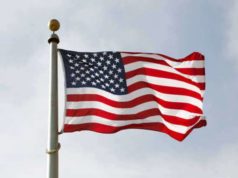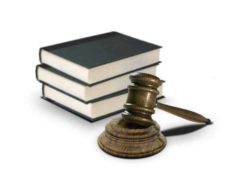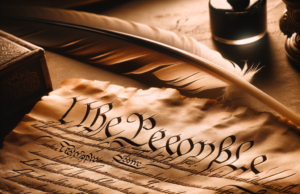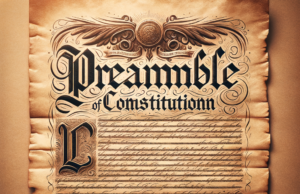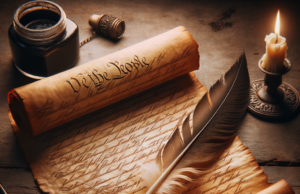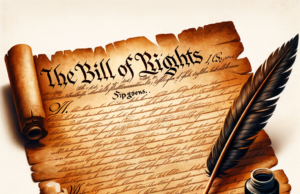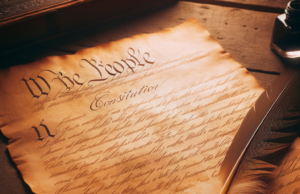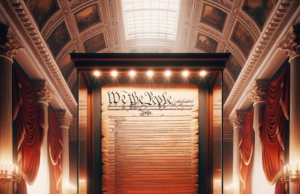Table of Contents
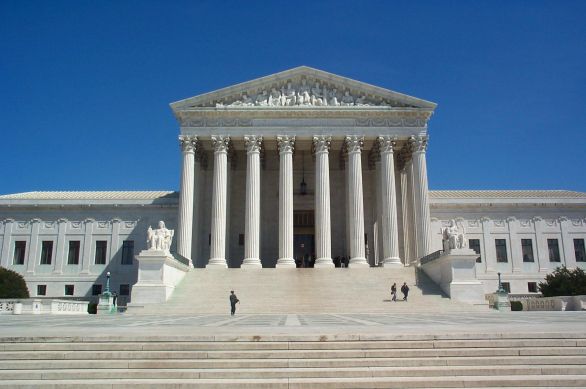
The Supreme Court: A Brief Overview of the Highest Court in the Land
The Supreme Court of the United States is the highest court in the land and is made up of nine justices. Established by the Constitution and tasked with interpreting it, the Supreme Court plays a vital role in the American system of government. In this article, we will provide a brief overview of the Supreme Court, including its history, function, and notable cases.
History of the Supreme Court
The Supreme Court was established in 1789 by the Judiciary Act, which was signed into law by President George Washington. At its inception, the Court was made up of six justices, but over time, this number increased to the current nine. The Chief Justice, who is currently John Roberts, presides over the Court.
Function of the Supreme Court
The primary function of the Supreme Court is to interpret the Constitution. When a case is brought before the Court, the justices review the arguments made by the parties involved and use their knowledge of the Constitution and relevant laws to make a decision. The Court’s decisions are final and binding and can affect the interpretation of the law for years or even decades.
Notable Cases
Over the years, the Supreme Court has heard many notable cases that have had a significant impact on American society. One such case was Brown v. Board of Education, which was decided in 1954. The Court’s decision in this case declared segregation in public schools unconstitutional, paving the way for desegregation efforts throughout the country. Another notable case was Roe v. Wade, which was decided in 1973. In this case, the Court declared that a woman’s right to choose to have an abortion was protected by the Constitution’s guarantee of personal privacy. Recent cases that have garnered attention include Masterpiece Cakeshop v. Colorado Civil Rights Commission, in which the Court ruled in favor of a Colorado baker who refused to make a wedding cake for a same-sex couple, citing his religious beliefs. The Court held that the baker’s First Amendment rights to free speech and exercise of religion had been violated.
Conclusion
The Supreme Court is an essential part of the American government, playing a vital role in interpreting the Constitution and shaping the interpretation of the law. Its decisions can have significant and far-reaching effects on American society, making it one of the most powerful institutions in the country.
Background of The Supreme Court
The United States Constitution provides for the existence of the Supreme Court in general terms, as can be found in Article III, “The Judicial Branch”. Within this article, the Court’s basic nature is provided in Section 1, on “Judicial Powers”, and its operation toward the American legal system in Section 2, “Trial by Jury, Original Jurisdiction, Jury Trials”. Beyond these brief provisions, the general shape taken by the Supreme Court has been determined by the specific ways in which it has been implemented.
The basic area of oversight for the Court, for instance, is phrased in the Constitution as consisting of “Cases” and “Controversies”. The first Chief Justice, John Jay, interpreted this provision as prohibiting the Court from making general policy decisions, as he declined to do during President Washington’s administration, thus setting precedent. Similarly, the stipulation that Justices could serve “during good behavior” has been interpreted as allowing life terms. The concept of “judicial review”, today held to be one of the Court’s primary functions and its main source of political power, was only exercised in 1803, after thirteen years of the Court’s existence.
History of the Supreme Court
Stare decisis, or “maintain what has been decided,” embodies this principle, which holds essentially that judicial decisions should be made in concert. A key aspect of the United States’ system of judicial precedence is the observation of mandatory precedence, which arises from the hierarchy through which the courts are ordered. A decision made by a higher court will thus be binding for a decision made by a lower court in a similar case.
Persuasive precedence, on the other hand, can be provided by a lower court, though as a factor to take into consideration rather than a binding condition. The Supreme Court itself may decline to follow the principle of judicial precedence, as has been shown in its reversals of previous decisions. The Court considers judicial precedence to be less than fully binding when it comes to questions of Constitutional interpretation.
John Jay
John Jay was the first Chief Justice of the United States Supreme Court, appointed in 1789 by President Washington. His reign as Chief Justice helped build the foundation of practices, which helped the Supreme Justice system gain recognition as a reputable judicial branch. The time John Jay served as Chief Justice was mostly dedicated to implementing guidelines and regulations for the Court system to follow.
Stemming from his childhood John Jay has always expressed a keen interest in governmental politics, and he catered to a number of problems that presented itself as a result of war as well as weak practice measures. His time spent as Chief Justice initiated many Federal regulations that provided the strength the Supreme Justice is associated with today. The great advisement John Jay delegated as Chief Justice led to his re-election of the role in 1795, which he declined. He continued to serve the United States as a political influence on the practices of the Government system until he retired in 1801.
John Marshall
John Marshall was appointed as the fourth Chief Justice of the Supreme Court and documented as the first Chief Justice to hold the longest term in office. John Marshall’s views were a direct reflection of the regulations administered in the Constitution. His time spent as Chief Justice enforced all Federal and State laws established to be an extension of what was declared in the Constitution, as well as enforcing the judicial implements of John Jay.
With the Constitution at the time being a new form of a code of conduct, many states and Federal laws offered their own translation of the Constitutional view. John Marshall helped clarify the direction of laws in relation to the Constitution. Many of the rulings made by John Marshall helped streamline the responsibilities and functions within the legislative branches.
During his ruling as Chief Justice, many other members did not agree with his views on regulating State and Federal practices. However, the beliefs of John Marshall helped strengthen the value of the Supreme Court.


